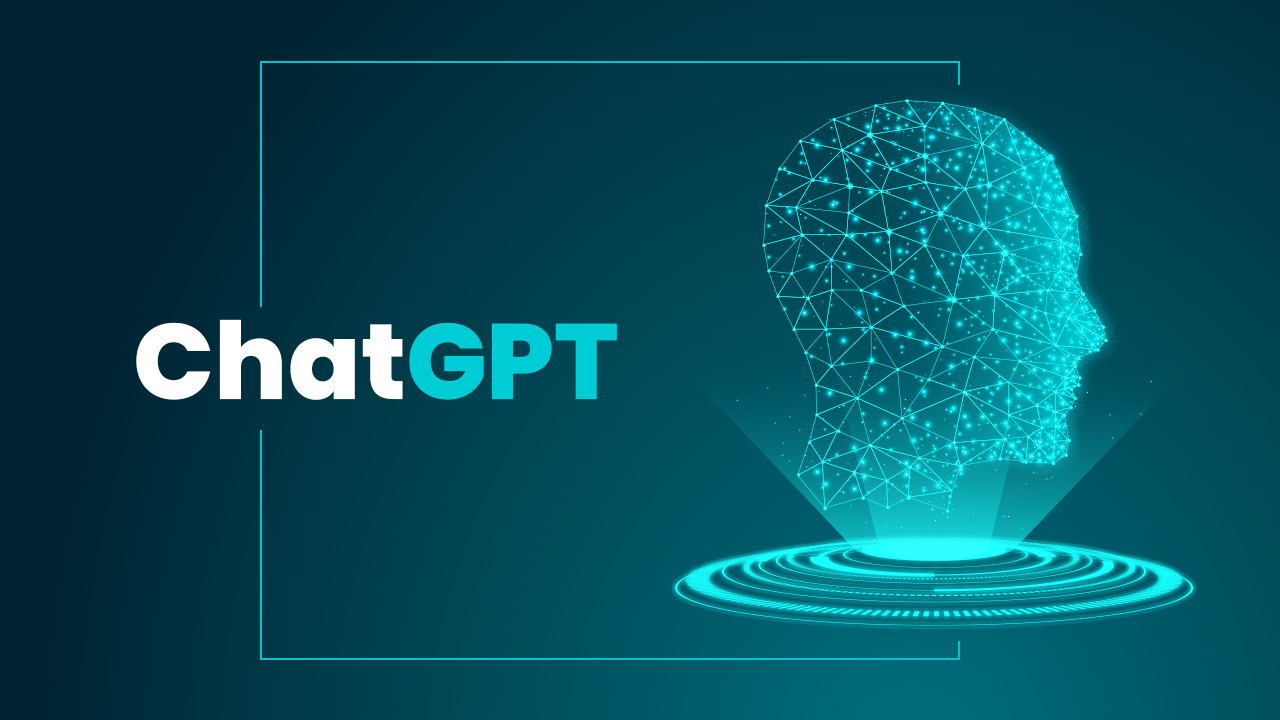Espressif's Ali Hassan Shah is spearheading an effort to position the company's microcontrollers at the forefront of the rapidly evolving field known as the Artificial Intelligence of Things (AIoT) revolution. He has recently authored a comprehensive guide aimed at incorporating OpenAI's widely recognized, yet somewhat polarizing, ChatGPT Demo large language model into various projects through the use of the ESP-BOX all-in-one development kit lineup at https://chatgptdemo.ai/
In Shah's view, we are currently witnessing a profound technological transformation, with OpenAI playing a pivotal role in driving this change. He enthusiastically notes that one of the most captivating innovations from OpenAI is the ChatGPT Demo Free, which harnesses the power of natural language processing to create more captivating and user-friendly interactions. The fusion of OpenAI APIs with Internet of Things (IoT) devices has unlocked a multitude of opportunities. Shah asserts that the coupling of ChatGPT Free Demo with ESP-BOX represents a potent synergy capable of elevating IoT devices to new heights.
OpenAI's ChatGPT Demo is a substantial language model renowned for its ability to provide conversational responses to natural language inquiries. It has been employed in an array of projects, spanning from automated news generation to robot control. Nevertheless, its inherent limitations have raised concerns, particularly its inability to ascertain the factual accuracy of the responses it generates.
However, for projects where this limitation is well understood, ChatGPT Demo proves to be an invaluable tool. Espressif is actively advocating for its use in conjunction with the ESP-BOX family of all-in-one microcontroller development kits. Tailored for edge-AI applications and featuring the ESP32-S3 microcontroller module, ESP-BOX boasts a built-in display and an integrated far-field microphone array. When coupled with Espressif's ESP-SR offline speech recognition framework and OpenAI's ChatGPT (which doesn't require a login), it results in a device that appears to truly comprehend user inputs—or, at the very least, gives that impression convincingly.
Shah elucidates on the diverse capabilities offered by the OpenAI API, emphasizing that developers can harness a multitude of functions to enhance their applications. In their specific project, they leveraged the Audio-to-Text and Completion APIs, implementing them through C-language code based on ESP-IDF. This system was seamlessly integrated with a text-to-speech module, with Espressif's offline speech synthesis engine currently supporting only the Chinese language. To complete the setup, they incorporated the LVGL library to drive the display.






Comments
Please log in or sign up to comment.